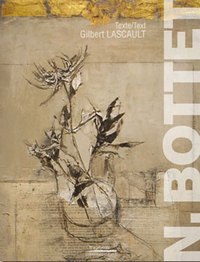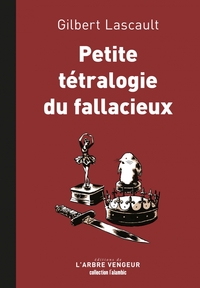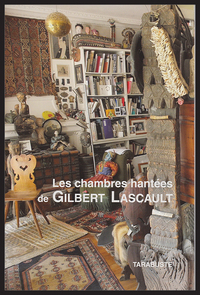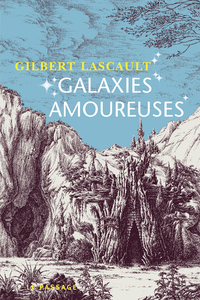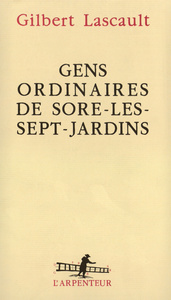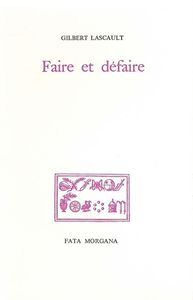Nous utilisons des cookies pour améliorer votre expérience. Pour nous conformer à la nouvelle directive sur la vie privée, nous devons demander votre consentement à l’utilisation de ces cookies. En savoir plus.
LE MONSTRE DANS L'ART OCCIDENTAL - UN PROBLEME D'ESTHETIQUE
EAN : 9782252034262
Paru le : 8 juin 2004
-
 Livraison gratuite
Livraison gratuite
en France sans minimum
de commande -
 Manquants maintenus
Manquants maintenus
en commande
automatiquement -
 Un interlocuteur
Un interlocuteur
unique pour toutes
vos commandes -
 Toutes les licences
Toutes les licences
numériques du marché
au tarif éditeur -
 Assistance téléphonique
Assistance téléphonique
personalisée sur le
numérique -
 Service client
Service client
Du Lundi au vendredi
de 9h à 18h
- EAN13 : 9782252034262
- Collection : COLLECTION D'ES
- Editeur : Klincksieck
- Date Parution : 8 juin 2004
- Disponibilite : Disponible
- Barème de remise : NS
- Nombre de pages : 470
- Format : 0.00 x 13.50 x 21.00 cm
- Poids : 1.001kg
- Interdit de retour : Retour interdit
-
Résumé :
Centaurs, cyclops, sirens, dragons, griffins, sphinxes, hybrid beings, asundry devils, fluid and limp forms, dwarfs, giants, animal-like plants populate all of our painting and sculpture. They bustle about, attack and sometimes calm down. Countless monsters mutate in the works of Bosch, Breughel, Goya and in Roman and Gothic churches, or the gardens of Versailles. They travel from one time period to another, from one country to another. We marveled at their images on the walls of prehistoric grottos, just as we display them today on our T-shirts. Sometimes they screams ; sometimes they mumble and disguise themselves, but the human race never tires of loving monsters and of discovering them in a variety of often unexpected places.
The making of a monster is above all an intellectual challenge, a juggling feat that conjures up and combines a wide variety of animal limbs. Sometimes, the monsters are ornamental and decorative. At other times, they are meant to make an ethnic, religious, alcheminstical, philosophical or political statement. They simultaneously fascinate, seduce... and terrify those who behold them. Monstruosities are a departure from nature that feed on fantasies and, in return, inspire new imaginings.Gilbert Lascault, born in 1945, is a Professor Emeritus in the Philosophy of Art at Université Panthéon-Sorbonne (Paris I), as well as a writer and art critic. He has published works on aesthetics and monographies (Max Ernst, Botero, Christian Jaccard, Malaval, etc.), as well as fictional stories. A collective work devoted to his writings was written by Françoise Coblence featuring texts by numerous contributors : Les Fables du visible et l'esthétique fictionnelle de Gilbert Lascault (La lettre volée, Brussels, 2003).
-
Biographie :
Professeur émérite de philosophie de l'art à l'université Panthéon-Sorbonne (Paris I), il est écrivain et critique d'art. Il publie des ouvrages d'esthétique, des monographies (Max Ernst, Botero, Christian Jaccard, Malaval...), des récits de fiction. Un livre collectif est consacré à ses écrits : François Coblence et coll., Les Fables du visible et l'esthétique fictionnelle de Gilbert Lascault (Bruxelles, La Lettre volée, 2003).
.

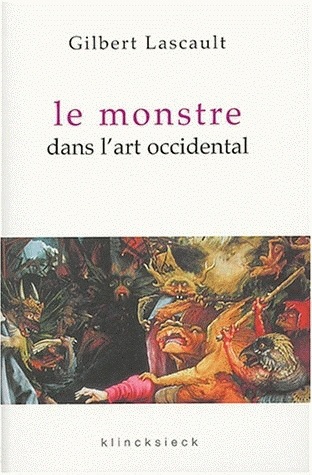

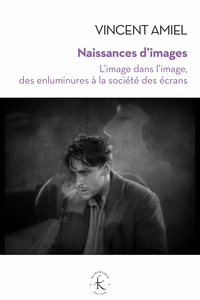
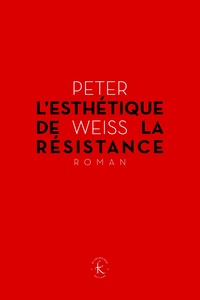
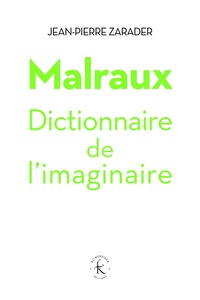

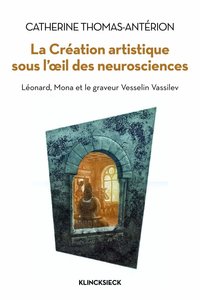


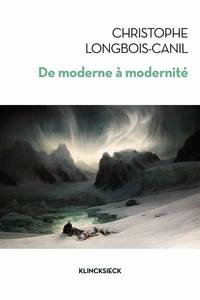

![Shinsen - [exposition, Paris, Galerie Nichido, 2 juin-17 juillet 2010]](https://images.centprod.com/3025594997205/NBllzQtV_fpcdrvPyFhF9NgWtG7Ri4FgClkefmEg6q6Z3Y1qHO9xRw-cover-medium.jpg)
